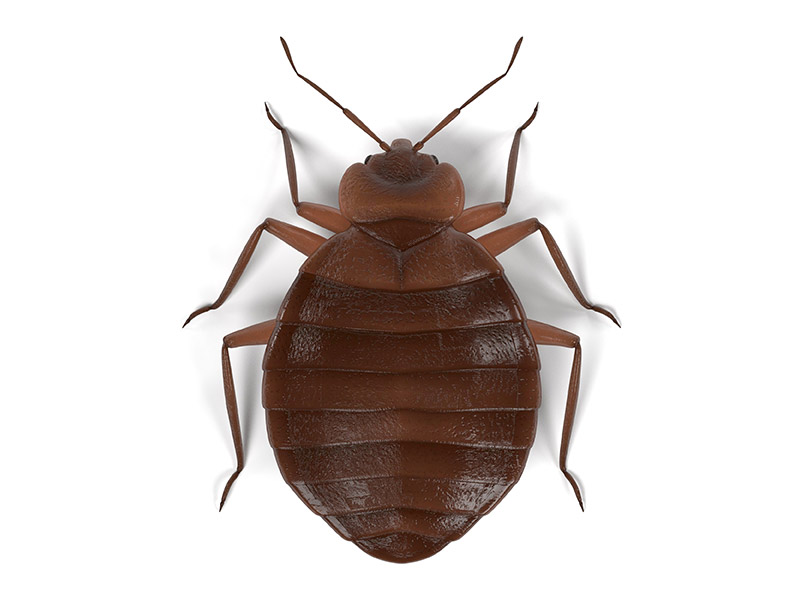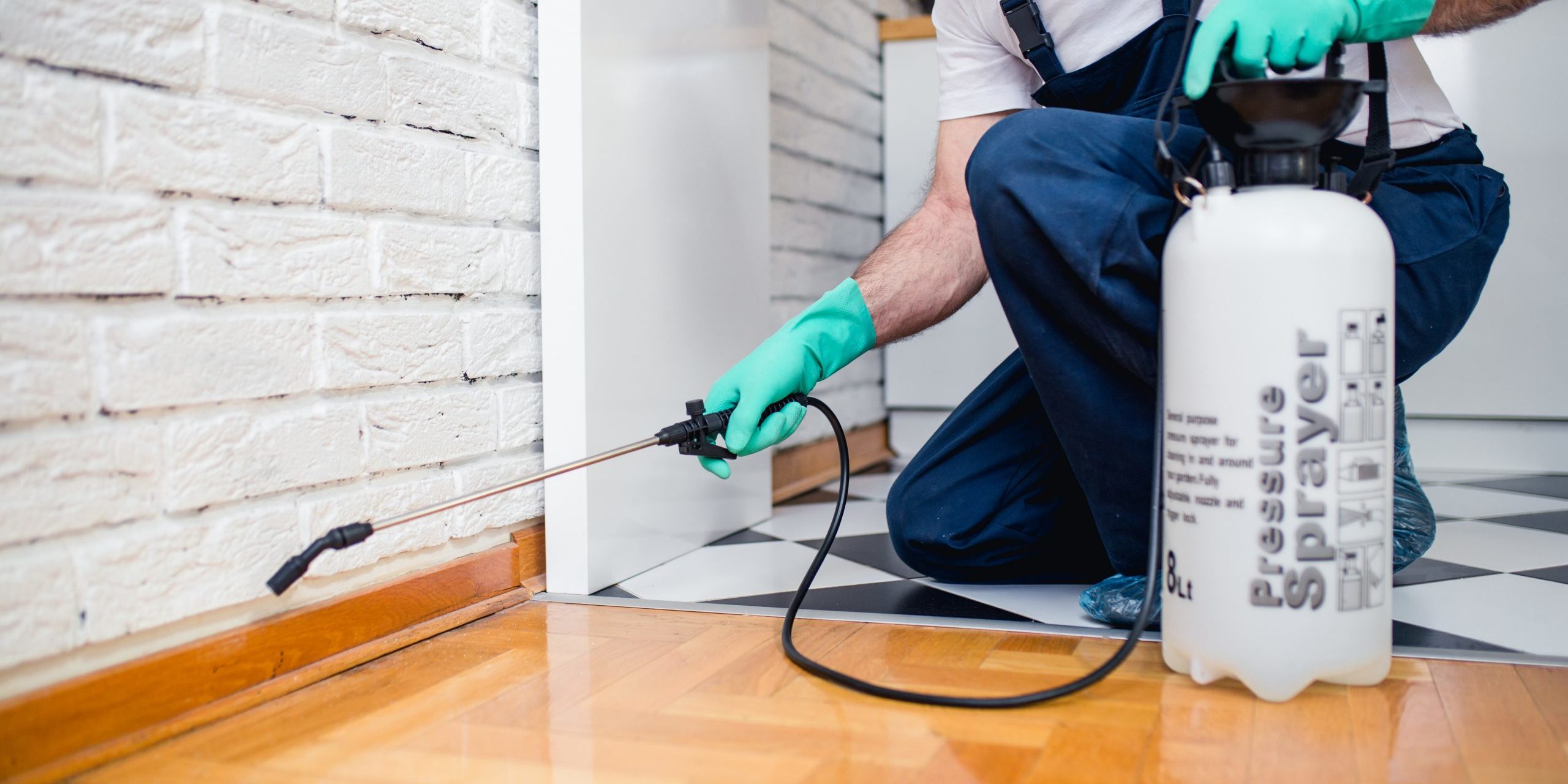High-quality Pest Control to ensure your property is clean and pest-free.
Eco-Friendly Pest Control Approaches for Managing Wild Animals in Urban Areas
Urban areas typically discover themselves at the crossway of human activity and wildlife, leading to unique challenges in pest monitoring. These approaches not just protect the setting yet likewise enhance community engagement in wildlife management. As city populaces continue to expand, recognizing the characteristics of wildlife interactions comes to be significantly important.
Understanding Urban Wild Animals Characteristics
Recognizing Urban Wildlife Characteristics is necessary for establishing effective and environmentally friendly bug control approaches. Urban locations are significantly becoming habitats for various wild animals types, driven by factors such as environment fragmentation, food availability, and human advancement. Acknowledging these characteristics enables a nuanced approach to pest monitoring that aligns with eco-friendly concepts.
Urban wildlife commonly includes types such as raccoons, squirrels, and birds, which adapt to city atmospheres, finding niches in eco-friendly rooms, parks, and even suburbs. Their visibility can cause conflicts with human beings, especially when they manipulate human resources for food and shelter. Understanding the habits and eco-friendly roles of these types educates techniques that lessen negative communications while advertising biodiversity.
Additionally, recognizing the interdependencies within city communities assists in recognizing vital locations for environment preservation and remediation. This understanding adds to the development of integrated bug monitoring (IPM) strategies that consider the ecological balance, consequently reducing reliance on hazardous chemicals. By promoting conjunction in between people and city wild animals, cities can create healthier environments that benefit both residents and local communities, leading the way for lasting metropolitan living.
All-natural Repellents and Deterrents
All-natural repellents and deterrents use a sustainable alternative to traditional insect control methods by taking advantage of the power of nature to keep unwanted types away. These green remedies typically utilize plant-based active ingredients, crucial oils, and various other normally taking place compounds that prevent insects without harming the environment.
One reliable all-natural repellent is peppermint oil, which is known to fend off rats and pests. Its strong scent is unpleasant to lots of bugs, making it a popular selection for metropolitan settings. Vinegar and citrus peels can serve as deterrents, as their solid odors are typically uninviting to different wild animals.
In addition, diatomaceous earth is a natural powder that can be spread out in areas prone to pest task, efficiently drying out and preventing insects without posturing dangers to non-target types. Furthermore, garlic sprays and neem oil are acknowledged for their ability to drive away a variety of bugs, including both pests and larger wild animals.
Implementing these all-natural repellents not only decreases dependence on chemical pesticides but additionally promotes a healthier urban ecosystem, cultivating an extra well balanced conjunction between people and wildlife. By using these techniques, urban areas can successfully manage insect populaces while decreasing environmental effect.
Habitat Adjustment Strategies
Reliable habitat modification methods play a crucial function in lasting parasite management by altering the atmosphere to make it much less helpful to pest infestations. By understanding the environmental dynamics of urban locations, residential or commercial property owners can carry out critical alterations that deter pests while promoting biodiversity.
(Cockroach Control)One primary method includes maintaining proper cleanliness. This consists of regular waste removal, securing trash can, and removing standing water to decrease breeding sites for bugs and rodents. Furthermore, landscape design techniques such as selecting native plants can enhance environmental balance, supplying environments for valuable organisms while lessening sources for pests.
One more essential strategy is to secure entrance factors in buildings. Checking and repairing fractures in foundations, wall surfaces, and windows can dramatically reduce bug accessibility. Moreover, creating physical obstacles, such as fences or plant buffers, can hinder wild animals movement right into human-inhabited areas.
Integrated Insect Management Practices
Building upon environment modification strategies, integrated parasite management (IPM) techniques provide an all natural technique to managing parasite populations while decreasing environmental effect. IPM combines different strategies, consisting of biological, cultural, mechanical, and chemical controls, to attain effective insect monitoring.
Organic control involves the introduction of all-natural killers or parasites to minimize parasite populations. Cultural techniques, such as crop turning and cleanliness, interfere with pest life cycles and decrease their habitats - Pest control service. Mechanical controls, like catches and obstacles, supply immediate remedy for insect stress without chemical intervention
Chemical controls are utilized as a last hope, concentrating on targeted applications that restrict harm to non-target varieties and the environment. The choice of eco friendly pesticides, when needed, is integral to the IPM framework. Furthermore, keeping an eye on insect populaces and examining prospective damages aids notify decision-making, ensuring that treatments are timely and reliable.
Community Participation and Education

(Commercial pest control Port Charlotte)Workshops and Source informational sessions can gear up locals with knowledge about native types, habitat conservation, and effective safe parasite monitoring methods. Cooperation with colleges, regional organizations, and government firms better boosts academic outreach, making certain that important information reaches diverse target markets.
Additionally, community-led efforts, such as community clean-up days and environment repair tasks, not only promote biodiversity but also reinforce neighborhood ties. Pest control service. By urging locals to share their experiences and observations, neighborhoods can develop targeted approaches that attend to particular neighborhood bug issues
Including responses from citizens into parasite administration intends allows a more receptive and adaptive approach to wildlife difficulties. Ultimately, educated and engaged neighborhoods are key to attaining long-term success in eco-friendly bug control, leading to much healthier urban atmospheres that value both human and environmental needs.

Final Thought
In verdict, environment-friendly pest control approaches offer sustainable options for taking care of urban wildlife. By focusing on environment alteration, utilizing natural repellents, and executing incorporated bug monitoring techniques, areas can foster a harmonious coexistence with local fauna. Additionally, engaging citizens with education and learning enhances awareness and encourages liable wild animals communications. Eventually, these techniques not only safeguard biodiversity but also advertise ecological health and wellness, making sure metropolitan areas remain vivid communities where humans and wild animals grow with each other.